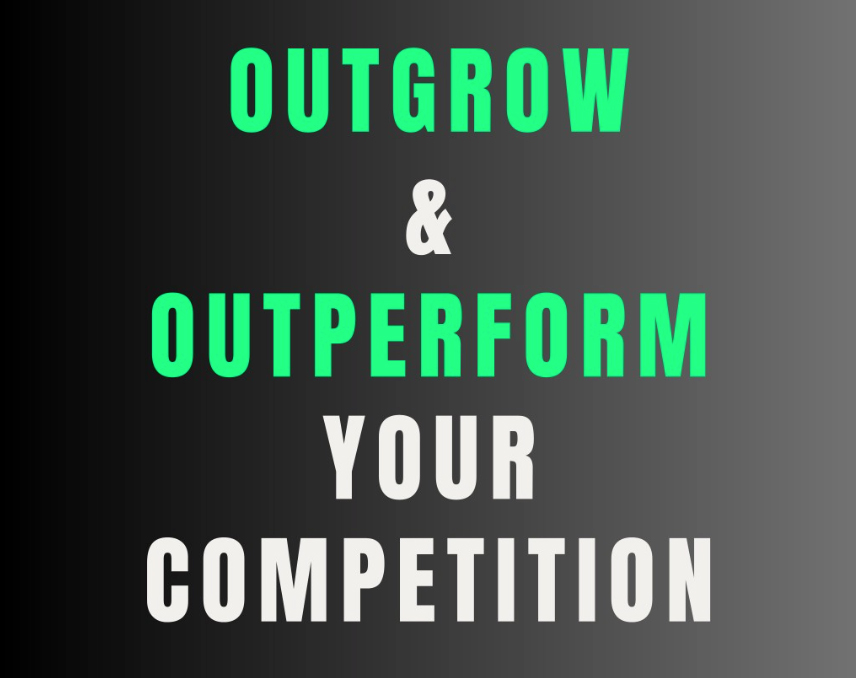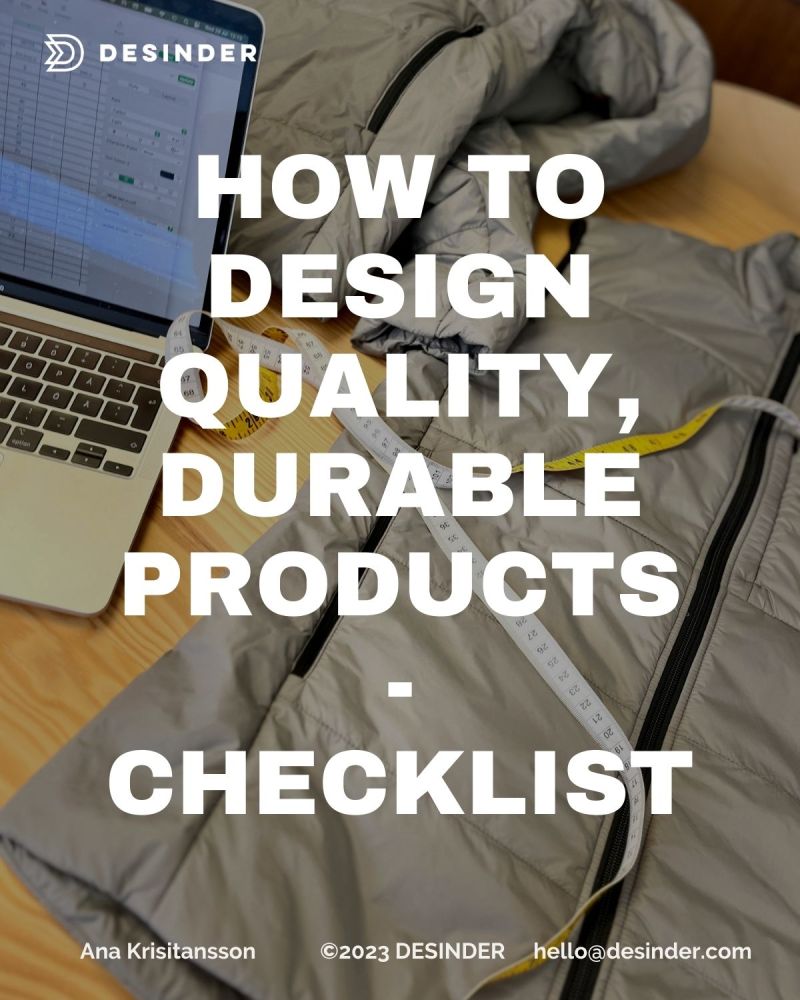ME: -Great, really looking forward to working with you. To have a flying start for our design project, can you pls send over your design guidelines?
BRAND: -What? We don’t have any…
We encounter this pretty often when we take on new fashion clients for design and product development work. Unfortunately, when we continue the conversation, many of the brands we speak with say they know they need it, but they haven’t had the “time” to create it.
We have created this post outlining what design guidelines are and why we think EVERY fashion brand needs to have it, especially today.
I’m sure you have been at a big fair, walking the aisles, wondering why so many brands and products are looking the same… because they are! If you would do a lineup with 20 brands of the same product, removing the logo, you’d have difficulty knowing what brand’s what. Yeah, that’s exactly the big problem!
The smaller problem is that the current world situation and economy is still insecure.
Many brands have laid off team members, also from the design and product development department, to reduce spending.
We’ve at the same time experienced an increase in outreach for fashion design and product development consulting help to get the job done but have full control of the spending, instead of paying for full-time employees.
Team members are working from home, making it a bit more difficult to have full communication when working on projects. Because of this, clear, straight forward guidelines facilitate the job, and team members can work in a more effective and efficient way on the right things.
So WHAT are design guidelines?
Design guidelines is a document, PDF, or Keynote, or a word document containing rules of thumb for designers and product developers who work with bringing a physical product to life. It’s a framework to be used as the starting point for their work, and it’s intended for internal use only. This document should, therefore, not be showcased to the public. Think about it as your little “secret” recipe for creating outstanding products according to your fashion brand’s values, goals, mission, and vision.
It’s a descriptive document explaining in the written word and with pictures the set or standards that a designer and developer should stick to when designing for that particular brand. A clear design language is an essential part of a brand’s marketing and business strategy.
What’s the difference between design guidelines and brand guidelines?
The design guidelines are specifically created to aid the job of a designer and product developer: the people that work in and around the company, with the creation of the products.
The brand guidelines are “rules” that dictate how the branding and brand identity should be used internally and externally to communicate within the company, including partners, affiliates, and customers.
WHY are Design Guidelines important?
Here are 6 reasons:
- Cohesiveness
- Consistency
- Recognition
- Efficiency and effectiveness
- Focus
- Value
Cohesiveness
Design guidelines are important because your company will not always be dealing with one designer, or one product developer forever. You might have an entire team. People, employees, and freelance designers or consultants come and go. You want your company to have a solid design language to stay cohesive and on-brand without anybody diluting the aesthetics with time, eventually confusing the customers.
Consistency
Your company might now only be making a certain type of apparel products – activewear, for example. What happens when you want to grow your brand and introduce sportswear and outerwear? What happens when you want to add, let’s say, bags, shoes, and other types of gear? This means you will be working with many different designers, product developers, manufacturers, etc. – how can you keep a cohesive and tight collection without messing up and displaying different types of design expressions?
Old and new team members need to understand the bigger picture, the purpose, vision, mission, and values of the brand in order to ensure consistency with its existing aesthetic structure and brand identity.
By having the design guidelines at hand, they’ll be able to fully understand and also dig deeper into the brand. They will “get” your brand and create something that strengthens the brand, its positioning, and the connection to its customers.
Recognition
With thousands and thousands of brands out there, now it’s extremely important to be different and unique to stand out and attract new customers. Design guidelines will force your company and the people that work with you to create products that are truly unique to your brand and that speak to your target customer as no other brands do. Your brand owns that design language making it very difficult for other brands to successfully copy your design and product aesthetics.
Efficiency and effectiveness
Another positive side of having design guidelines is that it makes the work smoother, more efficient, and effective for the people involved in designing and developing your products. No more guessing, no more discussing and debating amongst the team members. The guidelines are clear. Everybody knows exactly what to do, and what “rules” to play by.
A well-constructed document with your design guidelines should be purely functional. It should allow anybody that works with your brand to understand it fully, so they can go about and do the best job possible.
Focus
No matter if you work with the internal team or with fashion freelancers/fashion consultants, products most of the time are created on a short design and development schedule. By implementing brand guidelines, you and your team will have the tools to effectively and design the products and keep consistency in the range and brand.
Everybody involved will have a clearer focus, knowing what” rules” to play by, making the projects run more effectively.
Value
When design guidelines are implemented in all your company’s products, the customers can recognize and truly get to know your designs and brand. When the design language is cohesive, it increases your brand’s perceived value, meaning a deeper loyalty and connection between the customer and your brand. A cohesive design language speaks quality and brand integrity; something many apparel brands have a hard time accomplishing.
Now that you’ve seen the big benefits of having brand design guidelines, we can help you create one for your company.
How does it work?
We take a look under the hood of your fashion business and create an assessment.
We later meet virtually or physically with your design and product development team to have a discussion about the current workflow and procedure of design and development. The team is then given “homework” that follows our guideline framework, and after a couple of meetings, we come to an agreement on the guidelines. We later take this information and put it into a document that gets presented to the entire team. You, the team, and outsourced consultants start implementing the design guidelines in all your products.
The point is to ease your team’s work and operations, NOT to give you and your team more work. The team presence and working time allocated to work on this project are quite small compared to the big impact it can have on your brand in strengthened market positioning.
The team time allocation is a maximum of two full workdays per person, including the homework.
Book a discovery call with us here to discuss further.




